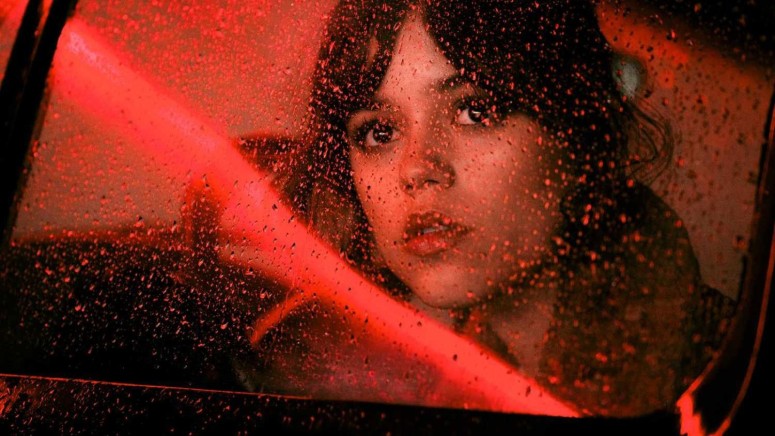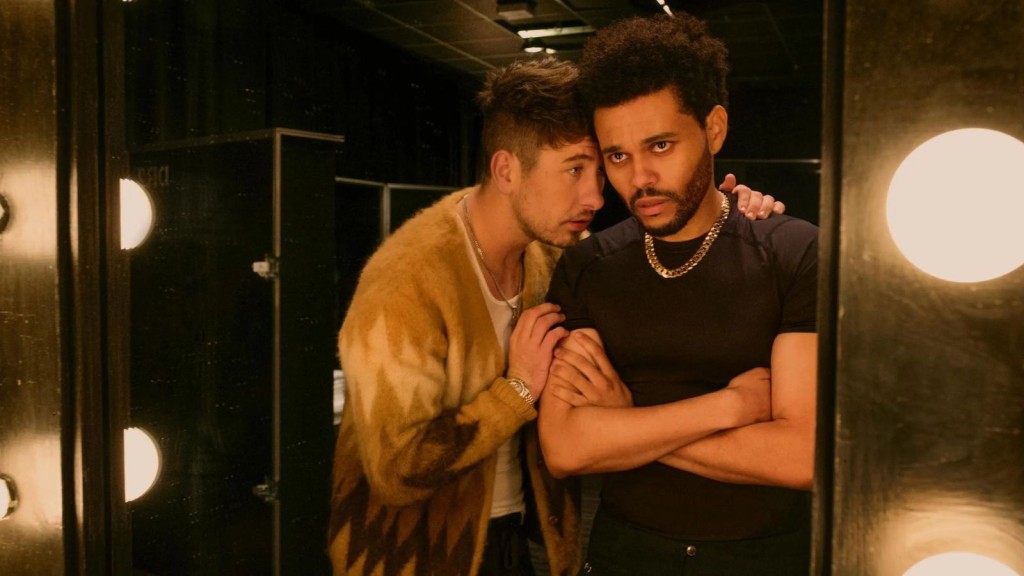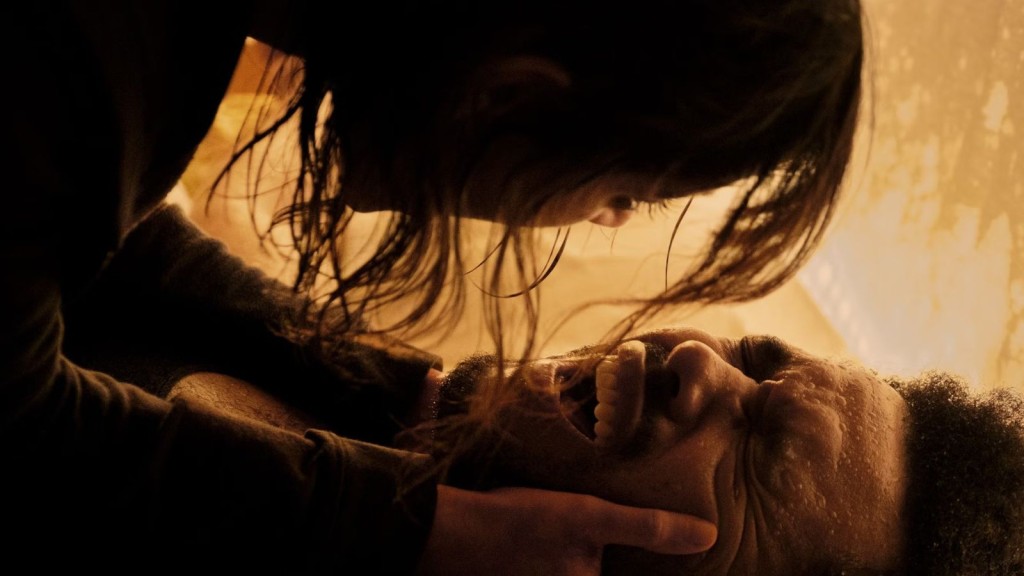
Hurry Up Tomorrow Ending Explained: What does Weeknd’s Trippy Psychological Drama mean?
Hurry Up Tomorrow, the companion film to The Weeknd’s latest album, is not just a cinematic fever dream—it's a deeply introspective psychological journey. Directed by Waves filmmaker Trey Edward Shults and starring Abel Tesfaye (a.k.a. The Weeknd) alongside Jenna Ortega and Barry Keoghan, the film dives headfirst into themes of mental unraveling, fractured identity, and spiritual rebirth.
Now in theaters, the movie is raising plenty of questions, chief among them: What actually happened at the end? In this Hurry Up Tomorrow ending explained article, we will discuss what it all means.
Was Anima ever real?
Jenna Ortega’s hauntingly magnetic Anima is a central figure in the movie—but she’s not a literal character. Instead, she’s a symbolic force, pulled straight from Carl Jung’s psychological theories. In Jungian terms, the anima represents the unconscious feminine side of a man’s psyche. Abel’s emotionally charged night with Anima—and her eventual descent into violence—is not so much a real encounter, but a metaphorical confrontation with the part of himself he’s been ignoring.
Anima forces Abel to confront the root of his destructive behavior and emotional detachment, especially toward women. Her final act—tying him to the bed and nearly setting him on fire—isn’t about physical harm, but about emotional awakening. His breakthrough, singing “Hurry Up Tomorrow,” is his way of showing remorse, understanding, and acceptance of his past mistakes. In that moment, Anima frees him—both literally and spiritually.
What Lee and the Other Characters Represent
If Anima is Abel’s soul, Lee (played by Barry Keoghan) is his ego—the inflated, image-obsessed version of himself that thrives on success and excess. Abel’s younger, drug-fueled version represents his persona, the face he shows to the world, while Lee reinforces the lie that he’s superior and invincible. But it’s all a façade.
Jung’s roadmap for psychological transformation—Confession, Elucidation, Education, Transformation—is followed closely in Hurry Up Tomorrow. Abel moves through these stages as he sheds each archetype, ultimately confronting the fractured elements of his personality.
The climactic confrontation between Anima and Lee symbolizes this internal struggle. Lee’s death isn’t about murder—it's the symbolic destruction of ego. By the end, we see Abel alone again in the arena where it all started, no longer splintered, but whole.
What was the Tunnel and the Creature?
One of the most disturbing sequences in the film comes after Anima knocks Abel unconscious. He descends into a dark hotel basement, chased by a monstrous feminine figure through a pitch-black tunnel. This terrifying journey is representative of The Shadow, another Jungian archetype. The Shadow is the part of ourselves we repress—trauma, fear, guilt.
As Abel stumbles through the tunnel and into a snowy landscape, where he finds a child near a fire, he symbolically faces his most buried memories. The child could represent his innocent self—the person he abandoned as he became “The Weeknd.”
What did The Weeknd and the Director say About Hurry Up Tomorrow?
Tesfaye has confirmed that Hurry Up Tomorrow is inspired by his real-life struggles with sleep paralysis—a condition that renders one awake but immobile, often hallucinating shadowy figures. That very real fear shapes the film’s surreal tone and imagery.
As he told The Fader, “You're aware of your surroundings, but you can't move. You're paralyzed for almost a minute. Sometimes you see a shadowy figure in the corner and you hear voices, sweet nothings. It's saying nothing, but they're voices.”
Director Trey Edward Shults agrees that Jungian psychology heavily influences the film’s structure and themes, even inserting an image of Jung’s Red Book into the movie. But Shults also wants viewers to interpret the film in their own way.
As he told Discussing Film, “Maybe none of it actually happened. Maybe, it’s all kind of a dream… I don’t want to put a bow on everything for an audience. I want them to take their own things.”
The Real Meaning Behind Hurry Up Tomorrow
Ultimately, Hurry Up Tomorrow is a cinematic therapy session—a symbolic funeral for the persona of The Weeknd and a rebirth for Abel Tesfaye. With Tesfaye in the process of abandoning his longtime stage name, the film serves as a metaphysical closing chapter. Each character and event represents a facet of his identity: the ego, the soul, the mask, and the trauma.
When Abel sings again in the film’s final moments, he isn’t just regaining his voice—he’s reclaiming his identity. No longer fractured, no longer faking. Just Abel. So if Hurry Up Tomorrow left you confused, that was kind of the point. It’s less about what’s real and more about what’s true. And sometimes, the journey to self-acceptance is the strangest story of all.
Hurry Up Tomorrow is now playing in theaters.












